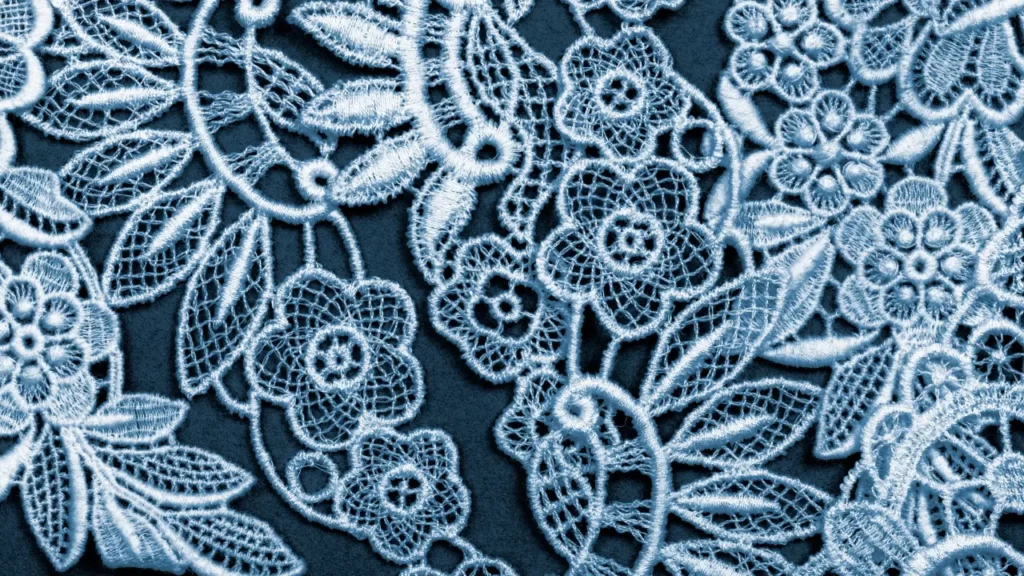Satin, with its luxurious sheen and smooth finish, has emerged as a popular choice in Pakistan’s textile industry. With its increasing demand in various sectors, understanding the satin price in Pakistan has become crucial for manufacturers, retailers, and consumers alike. This article aims to provide an in-depth analysis of the satin market in Pakistan, investigating the factors contributing to the current satin price and offering a comprehensive outlook of the industry.
Understanding Satin: A Historical and Material Perspective
Contents
- Understanding Satin: A Historical and Material Perspective
- Satin in the Textile Industry: An Overview
- The Satin Market in Pakistan: A Closer Look
- Current Satin Price in Pakistan: A Snapshot
- Factors Affecting Satin Price in Pakistan: An Examination
- Comparative Analysis
- The Future of Satin Market in Pakistan
- Conclusion
Satin’s origin can be traced back to the medieval era in China. It’s a type of weave, not a natural fiber like silk or cotton. Satin features a glossy surface and a dull back, achieved by having four or more fill or weft yarns floating over a warp yarn or vice versa. This unique characteristic gives satin its lustrous appeal and luxurious feel. Satin is not only used in the apparel industry for evening and wedding wear but also extensively in home decor, enhancing the elegance of the spaces it graces.
Satin in the Textile Industry: An Overview
Satin’s popularity in the textile industry has seen a consistent rise over the years. With its unique properties of sheen and drape, it’s an excellent choice for a wide range of applications. From couture fashion and bridal wear to upholstery and bed linens, satin’s versatile nature makes it a favored choice across different sectors. This increasing demand has naturally influenced the satin price in various markets, including Pakistan.
The Satin Market in Pakistan: A Closer Look
As one of the pillars of Pakistan’s economy, the textile industry significantly contributes to the country’s GDP and employment. Within this context, the satin market occupies a substantial space. Despite the varying satin price in Pakistan, the demand for this opulent fabric remains relatively high, reflecting its consistent popularity among consumers.
Current Satin Price in Pakistan: A Snapshot
Last Updated on Aug 1, 2023. We want to make sure you have the most up-to-date information on prices.
| Satin Type | Price per Meter (PKR) |
|---|---|
| Pure Satin | 1,500 – 6,200 |
| Satin Silk | 350 – 850 |
| Satin Chiffon | 1,000 |
Note: The prices provided above are as of May 2023 and may fluctuate over time due to various factors.
Factors Affecting Satin Price in Pakistan: An Examination
Various factors contribute to the satin price in Pakistan:
- Raw Material Costs: Satin’s production cost heavily influences its final price. Any fluctuation in the cost of raw materials directly impacts the satin price in Pakistan.
- Import Duties and Taxes: A significant portion of satin used in Pakistan is imported. Therefore, any changes in import duties and taxes affect its cost.
- Labor Cost: Labor cost in Pakistan is another crucial factor influencing the price of satin.
- Demand and Supply: Like any market, the dynamics of demand and supply play an integral role in determining the price of satin in Pakistan.
Comparative Analysis
A comparative study of the satin price in Pakistan with the international market provides interesting insights. Despite the fluctuating global economic climate, Pakistan’s satin market remains competitive. The lower labor costs and indigenous textile industry infrastructure allow for cost-effective production, which is reflected in the final price of the satin fabric in the country.
The Future of Satin Market in Pakistan
As we look towards the future, the satin market in Pakistan shows promising potential. With continuous advancements in textile technology and increased focus on sustainable practices, we may see a shift in production methods, which could impact the satin price in Pakistan. As international fashion trends continue to recognize and incorporate more satin, the demand is expected to grow, further solidifying satin’s place in the textile market.
Furthermore, the Government of Pakistan’s efforts to bolster the textile industry, coupled with the potential for increased domestic production of satin, could lead to more stable and perhaps even lower satin prices in the future. However, this is speculative and would depend on various factors, including global economic conditions, local government policies, and advances in textile manufacturing technologies.
Conclusion
In summary, satin, with its glossy charm and versatile nature, has established its prominence in the textile industry of Pakistan. While the satin price in Pakistan has seen fluctuations due to numerous factors, it remains competitively priced within the international market. The future of the satin market in Pakistan appears promising, with potential growth expected in response to global fashion trends and advancements in textile technology.
Despite the challenges, the satin market’s resilience in Pakistan is noteworthy, and the fabric’s popularity shows no sign of diminishing. As we continue to observe the dynamics of the textile industry in Pakistan, satin remains a fabric of interest due to its luxurious appeal and diverse usage. As we move forward, it’s safe to say that satin will continue to weave its glossy threads into the rich tapestry of Pakistan’s textile industry.



